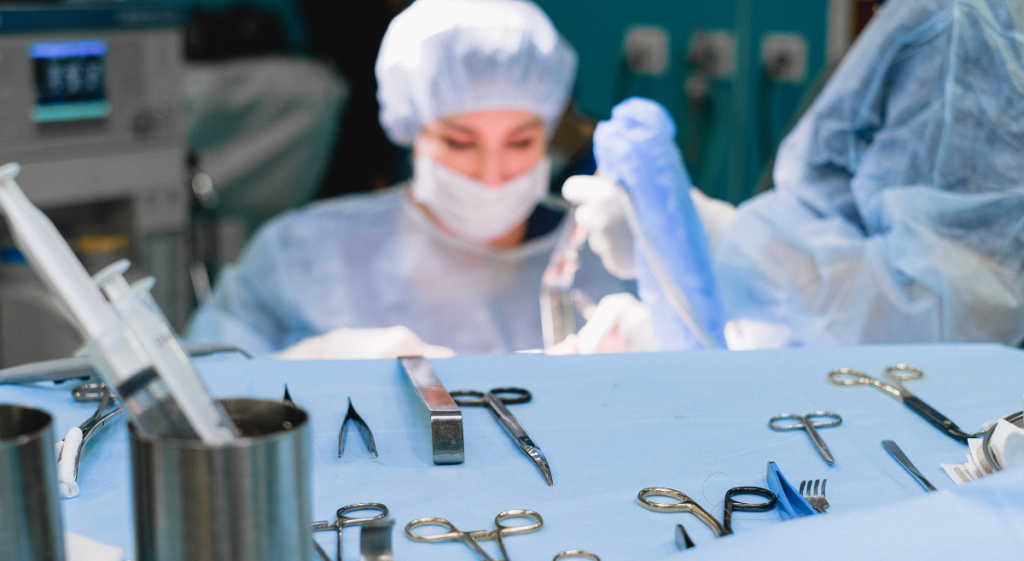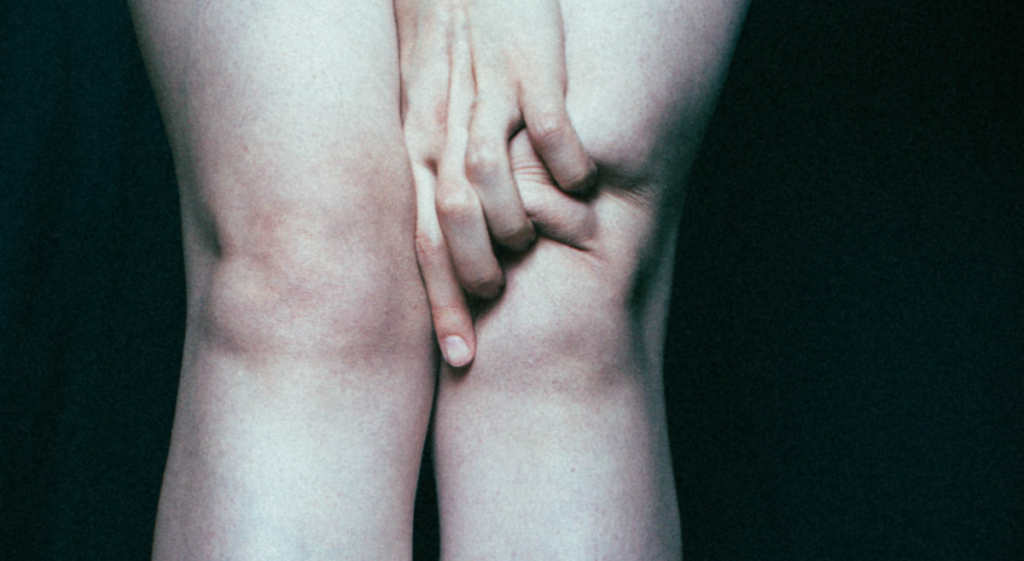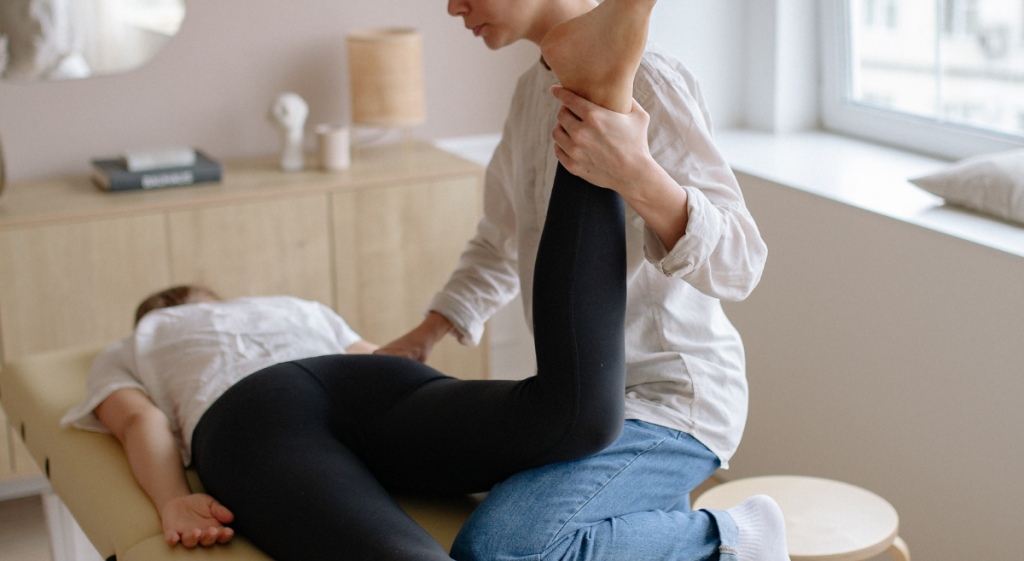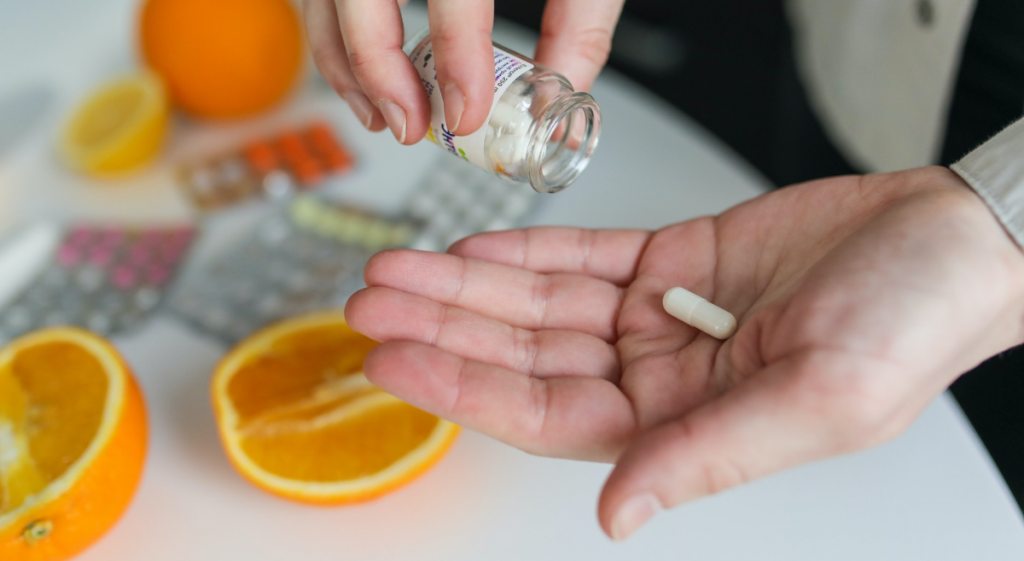
From therapist to patient – total joint replacement, the other side of the story
According to the National Joint Registry, over 100,000 knee replacement operations take place in the UK each year. Whilst the success rate for effective knee replacement operations is high (the NHS report 1 in 20 have complications), some people develop a huge fear of having the operation done. I have written this article to help people who have been diagnosed as needing a new knee to get an insight of how it feels.

This article will be especially interesting for some people, as I come at the subject with a lot of knowledge. You see, I have been a physiotherapist for over forty years and apart from my initial employment that required a “rotation” of experience in all areas, it has been a career essentially within the musculoskeletal realm.
Your musculoskeletal system includes your bones, cartilage, ligaments, tendons, and connective tissues. I could not count how many patients I have treated, either immediately before or after their joint replacement surgery, but as it is one of the most common operations in orthopaedics today, that is hardly a surprise.
Needing major surgery myself
Health providers, myself included, are generally quite blasé about joint replacement surgery – we see hundreds of them routinely, as mentioned in the opening paragraph, but to the individual on the receiving end, it is considered major surgery. When my own knee needed a replacement, suddenly this wasn’t quite so humdrum to me!
The dominant sides of your body get more wear and tear
It makes perfect sense that one uses one’s dominant side more than the other. If you are right- handed, you will favour that side, kick with that foot, lead with that foot when climbing a step and drop down on it when descending a step, so it makes equal sense that your dominant side will succumb to the “wear and tear” of osteoarthritis quicker – but not in my case!
Feeling issues years after sustaining an injury
It also makes sense that if you damage a joint or disrupt its integrity in any way, osteoarthritis will set in quicker. I hurt my right knee many years ago. I was chasing my daughter as she made a bid for freedom. A sharp pain made me pull up and I can honestly say that I rarely attempted to run after that. More recently, I noticed that I could no longer kneel and sit back on my right heel, or fully straighten my right leg – subtle but inevitable changes were occurring.

The grumble of pain turns into something more significant
It was once my role to see every knee patient pre-operatively to assess them and tell them about their impending surgery. Over and over again, I heard how their knees had grumbled on for several, if not many years, before suddenly deteriorating, necessitating replacement. The former was manageable, the latter was not. And so, I was resigned to my right knee beginning to grumble. It therefore came as quite a surprise when, on the drive to one of my patients, I felt a severe pain in my left knee. It was momentary and I continued to my patient. On arrival, however, I was unable to put weight through my left leg without excruciating pain in my knee. I somehow hobbled to my patient’s house, treated them and very nearly passed out. This was no grumble; this was a scream from the rooftops.
To cut a long story short, an MRI showed torn articular cartilage. I could no longer fully straighten my left knee and an arthroscopy to clean out and remove the debris was arranged. An arthroscopy is a type of keyhole surgery for checking or repairing your joints.
An arthroscopy could buy you more time
An arthroscopy can resolve a lot of problems and delay the need for any further intervention indefinitely. My dog walking friend reported that a week after hers, she was back to walking nine miles a day. I, on the other hand, was not. Six weeks after surgery, my knee was straighter, but I was still in a lot of pain when weight bearing. Another appointment was made to see my consultant in six months and in the meantime, a brace was ordered to off-load the painful compartment of my knee.
I needed a new knee
Six months later an x-ray showed bone-on-bone arthritis. There was no other alternative than to have my knee replaced and only twelve months from having a symptom-free knee, arrangements were made to do just that. I started daily strengthening exercises. This knee needed to be as fit as it could be before surgery to make the recovery as quick and as easy as possible.
The choice between spinal or general anaesthetic?
I have patients who have regaled me with the details of their operation whilst only under spinal anaesthesia. It is the anaesthesia of choice now, as recovery is considered much easier. However, I wasn’t thrilled at the thought of participating in my operation more than I had to and, as one of the side effects of having a spinal is to be temporarily incontinent, I opted for a general. In the hospital where I once worked, I preferred to keep my sheets dry! Just wake me up when it is all over and let me deal with the pain then, and not when it crept back insidiously as a spinal wore off.
My hospital stay
There was no getting away from it, I was terrified! I had been in theatre and watched this procedure and now it was my turn to have it done. I awoke with my knee bandaged tightly, shaking uncontrollably and in some, but not considerable, pain. I had been taken to the theatre mid-afternoon and was sitting up in bed eating sandwiches by early evening.
My first night was uncomfortable, with my knee trying to swell against the compression bandage and in a fully extended position that I longed to change. Regular doses of morphine helped me through what was the worst of the entire experience. The following morning, my bandage was removed and along with it, most of my pain. I set about starting my exercises. Both feet moved which was a relief – only a couple of weeks before I had witnessed a patient with drop-foot, an inability to pull the toes up, following their knee replacement. It is one of the risks but one I have never witnessed before. Clenching my thigh muscles was fine, bending my knee a little more difficult, and the infamous straight leg raise (lifting the leg off the bed whilst keeping the knee straight), nigh on impossible. The physiotherapists were amazing and at my request, treated me as if I knew nothing – to be fair my brain was not firing on all cylinders anyway.
Day two saw me walking on crutches, going up and down stairs in the way I have taught countless patients to do, and being sent home armed with a token dose of morphine.
When I got home
I spent two weeks upstairs on my bed and exercising. Whilst I would never advocate anyone taking to their bed post operatively, it is essential to elevate the limb to reduce swelling. It is also the ideal place to practice the exercises. Besides which, I had three large exuberant dogs waiting for me downstairs! In between times, I would walk up and down the landing on my crutches and sit over the edge of my bed to regain my knee flexion.
My daughter called in every day to help remove my delightful compression stockings, wash my feet, and put on clean stockings. These should be worn for six weeks following surgery but were ditched as soon as my staples were out, and I could get in the shower. The first shower with my daughter hovering “just in case” was wonderful, as was the first hair wash. Independence had returned!

I attended physiotherapy four times at two-week intervals, asking all the questions my patients ask me. I even, to my absolute shame, asked the nurse if my wound could open as she took out my 36 staples – yes, I asked her to count them for me as I sat there with my eyes closed in case I saw the wound and fainted!
Seven weeks after my surgery, I returned to work.
Summary – I can now walk several miles with my dogs
One can never generalise. My left knee taught me that your body does not always follow the rules of logic. Knowledge of your impending surgery is important and helps you prepare as well as you can.
Everyone reaches their full potential eventually, slow steady progress is better for one mentally, than setting off at a rate of knots and then plateauing.
Total joint replacement is truly life changing. Compared to the pain I was in beforehand, the discomfort following the surgery was at worst tolerable, and at best, non-existent. I was transformed from someone barely able to walk from my front door to my parked car, to someone who thinks nothing of walking several miles with my dogs.
I was finally discharged from my consultant’s care last week. He greeted me with, “Jane, how is it that you look younger every time I see you?”
I’d say that would be the lack of pain and the total ease of mobility. I thanked him for giving me my life back.
Can supplements help?
There is a substantial supplement market for joint health. However, trying to find evidence based, reliable information to support your needs is not an easy task. Before you consider taking any supplements, you should consult your GP, or someone qualified in the subject of joint health. However, for the purpose of supporting your research, here are some of the supplements that are often associated with joint health.

Glucosamine Sulphate and Chondroitin Sulphate
Glucosamine sulphate and chondroitin sulphate are components of normal cartilage and normal healthy joints. These components are found in nutritional supplements and are available in pharmacies and health food stores and without a prescription. These are regarded as the building blocks for proteoglycans and appear to stimulate chondrocytes to make new collagen and proteoglycans. The supplements are well-tolerated and are regarded as safe to consume.
Because these sulphurs help the body to stimulate the production of new cartilage components, it is thought that they may be able to help where there is cartilage wear and tear. However, it is important to state that much of the research on glucosamine sulphate and chondroitin sulphate has been done in vitro (in other words, inside test tubes and outside the body), or in animals.
How can Glucosamine and Chondroitin Sulphates help?
Although it has not been scientifically proven that glucosamine and chondroitin sulphates can rebuild cartilage, there is evidence from some studies that these compounds can soothe areas of discomfort, usually within several weeks to months after initiating therapy. An increasing number of patients are trying glucosamine and chondroitin sulphates.
Another sulphur which has soothing properties is Methylsulfonylmethane, more commonly known as MSM which is found naturally in plants, animals, and humans. This can be used topically and well as in certain drinks.
The supplements are marketed under different names, with different strengths and levels of purity.
It is important to consult with your doctor before starting any new treatments. Your doctor can review the other drugs you are taking and help you decide whether or not these supplements are right for you. In addition, always follow the instructions on the medication label. If you would like to read what Arthritis Research UK says about supplements and joint health, please click on this link.
Conclusion – would I recommend a knee replacement operation to others?
Having experienced this procedure first hand, I would absolutely recommend it. Without being too dramatic, I once wondered if I would ever be able to walk without pain again. If it is suggested that you need a knee replacement operation, don’t hesitate. Take time to reach your own level of comfort and confidence, do your homework, get good advice, and then go for it. It will be the best decision you ever make.
- Jane Gordon
- 0 comments